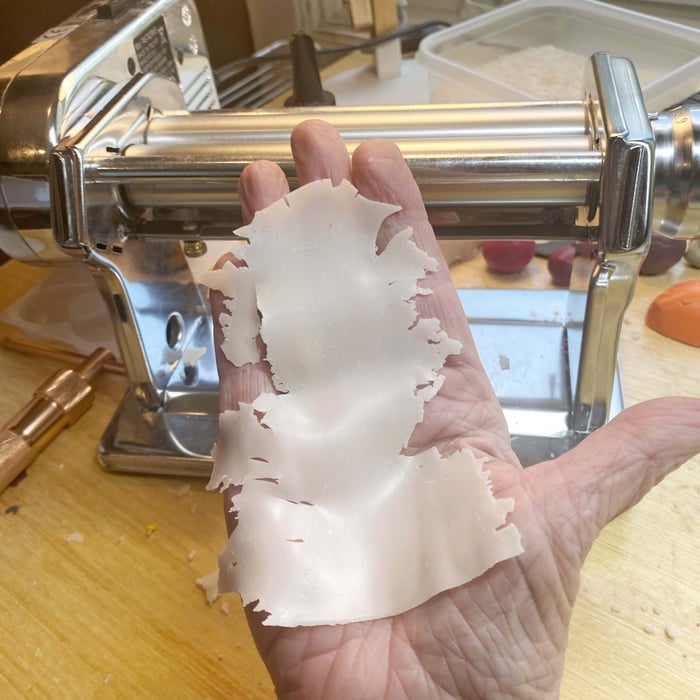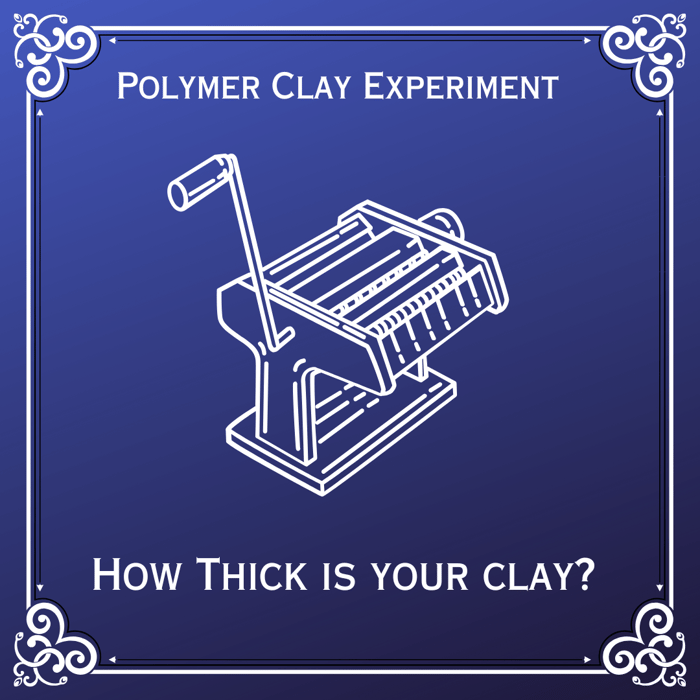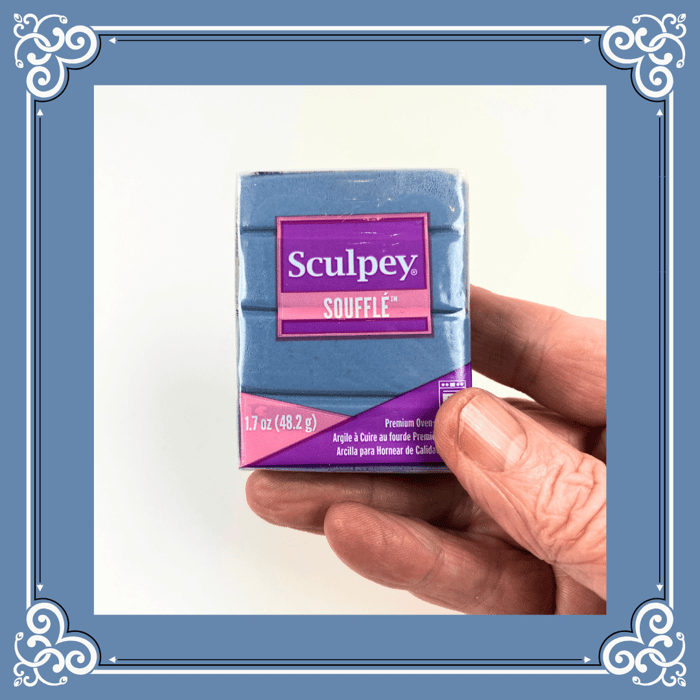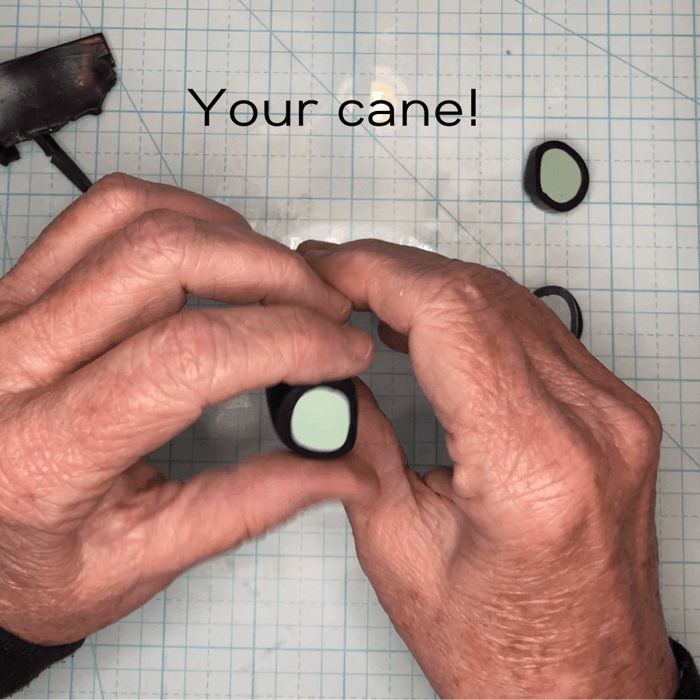Table of Contents
Darling, working with translucent polymer clay is rather like befriending a temperamental opera diva—absolutely divine once you've mastered the art of flattery, but oh-so-prone to dramatic meltdowns if you rush the courtship. Fear not! I shall guide you through taming this transparent temptress until she purrs like a well-conditioned cat.
What You Will Need
Package of translucent polymer clay (2 ounces)
Pasta machine or acrylic roller
Resealable bag (if you want to use body heat)
Cutting blade (craft knife will do in a pinch)
Work surface (smooth as a socialite's compliments)
Clay softener (optional liquid courage
Step-by-Step Instructions
The Gospel Truth: Pressure and warmth are your translucent polymer clay's love languages. Sometimes a few sweet rolls through the pasta machine suffice, but translucent clay? Oh honey, it's special—meaning it often crumbles like a stale macaroon just to test your devotion.
#1 Prepare Your Stage
Clear a pristine, smooth workspace worthy of your translucent masterpiece. Dust and debris are absolutely verboten—nobody wants uninvited specks gate-crashing their gorgeous creation mid-performance.
#2 Slice and Dice
Using your blade, cut that polymer clay package into delicate ⅛-inch slices. Think crudo, not carpaccio. This ensures even softening and spares your hands from unnecessary calisthenics. The first pass looks ugly like this.
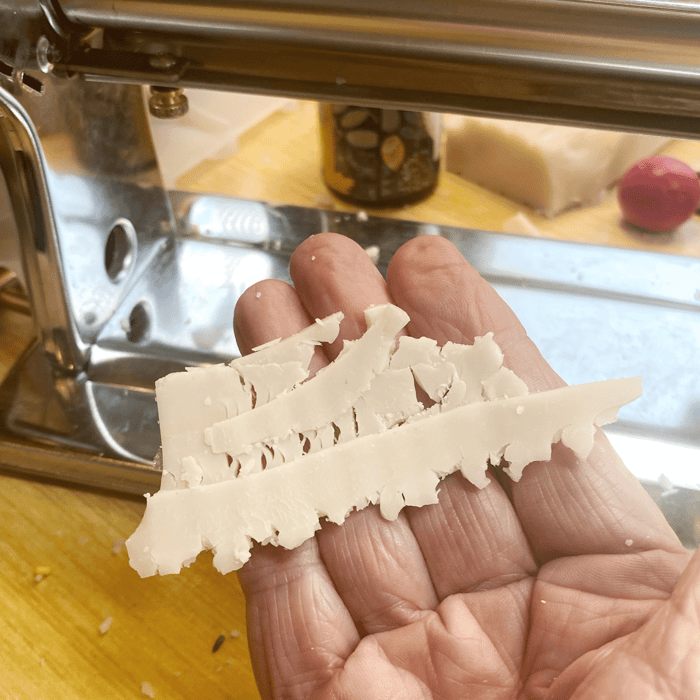 PoPo
PoPo
#3 Apply the Heat Treatment
When your polymer clay throws a crumbly tantrum, warmth works wonders. Room temperature is your baseline, but a gentle heating pad provides five-star spa treatment. The armpit method? Charmingly rustic. Just remember—275°F turns your clay into a cured catastrophe faster than you can say "artistic disaster."
#4 The Softener Soirée (if needed)
Still playing hard-to-get? Add clay softener drop by precious drop. Some swear by petroleum jelly or baby oil, but darling, why settle for substitutes when the real thing exists?

#5 The Conditioning Cotillion
Now comes the romance—knead by hand or seduce through your pasta machine with repeated, loving passes.
#6 My Secret Weapon
Here's my pièce de résistance (and I do so hate to brag): Once you coax even the tiniest cohesive piece on your thickest setting, nurture it to 2" x 3" or larger. Then—dramatic flourish—roll through setting 2, then 4, 6, and finally 9. That gossamer sheet from setting 9? Pure poetry.
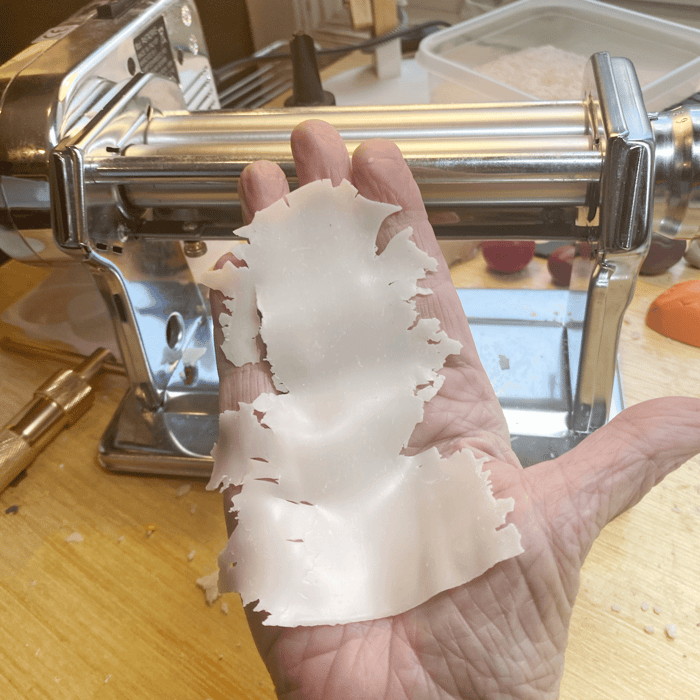
Pile some of those stubborn crumbs right into the center of the sheet.
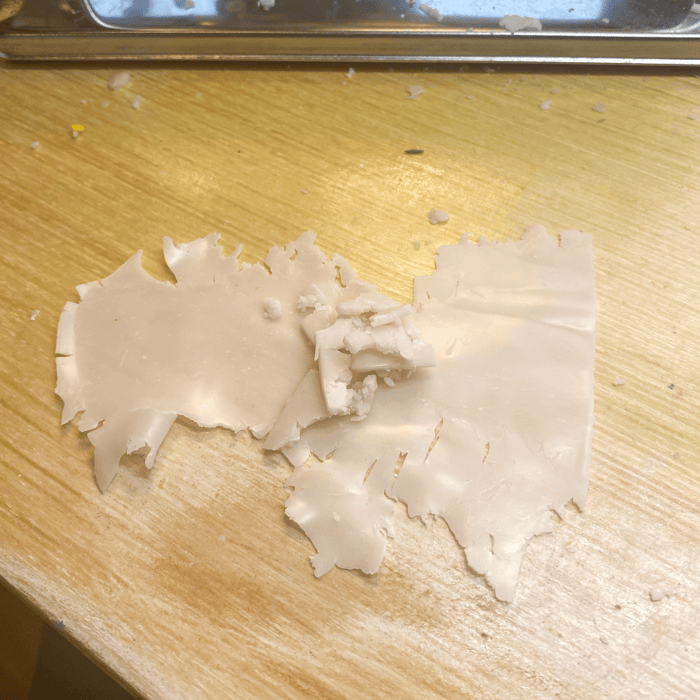
Fold it, tuck in those crumbs like secrets in a love letter, and roll again.
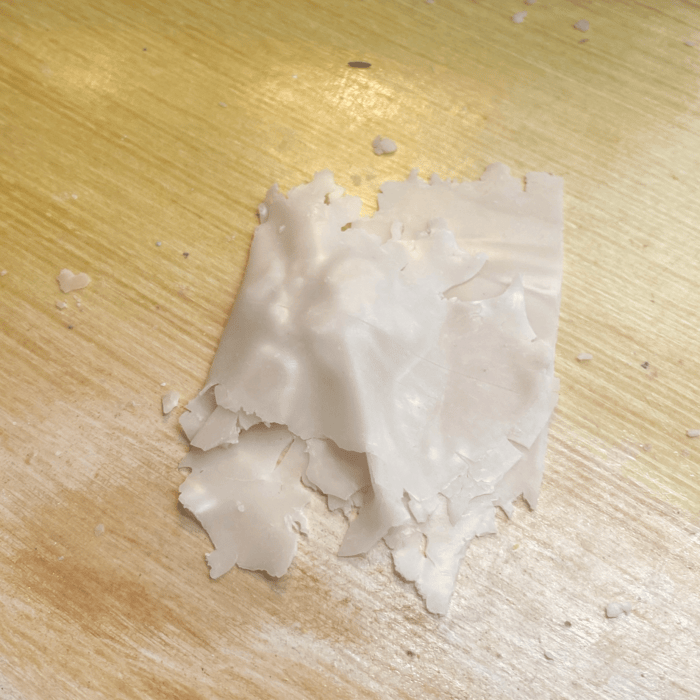
Repeat until every last rebel is converted, then gradually thicken to your heart's content. Here’s the packet above after only 2 passes at #9.
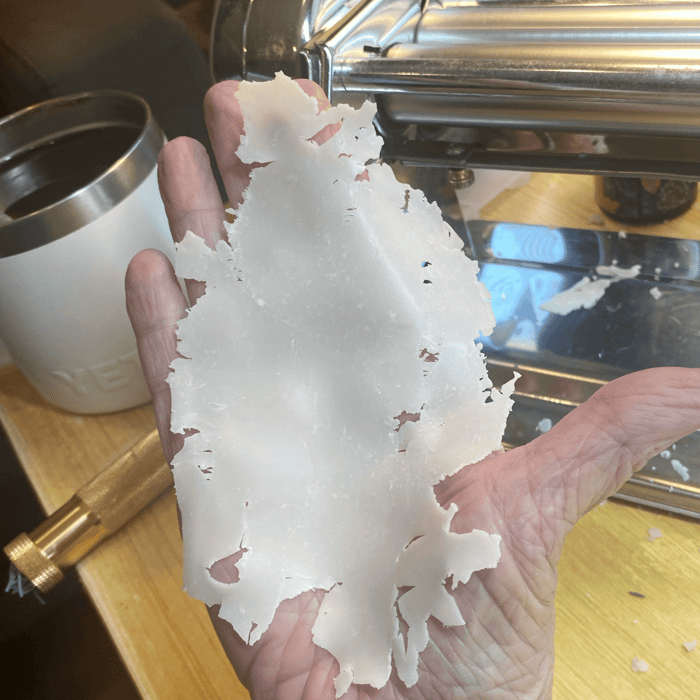
#7 Proceed with Panache
Remember, translucent clay abhors haste like I abhor polyester. Slow and steady wins this particular race, darling.
Pro Tips from the Trenches
- Mix Colors Like a Maestro: Condition separately before the grand introduction—no accidental tie-dye disasters allowed.
- Patience is a Virtue: Think spa day, not boot camp. Properly conditioned clay is worth every luxurious moment.
- Rehearse Before the Performance: Test small batches like a dress rehearsal—much less dramatic than opening night disasters.
- Keep a Recipe Journal: Document your color cocktails like a master mixologist. Future you will send thank-you notes.
- Work in Petite Portions: When clay gets cranky, a little warmth and softener work better than wrestling matches. Small portions are infinitely more manageable—rather like dinner parties, really.
Get busy conditioning and make something fabulous,
Craftily yours,
Karen.
FAQs
Can I use Baby Oil or Petroleum Jelly to help condition my clay?
Yes, in a pinch, but the long term results can be unpredictable. It's better, when possible, to use one of clay softeners developed specifically for use with polymer clay!
Can I add color to translucent polymer clay?
You can color translucent polymer clay with regular colored clay, but remember you are adding opaque clay to translucent, potentially decreasing its translucency. Add color in really tiny amounts. You can often achieve the color you want with minimal bits of added color.

